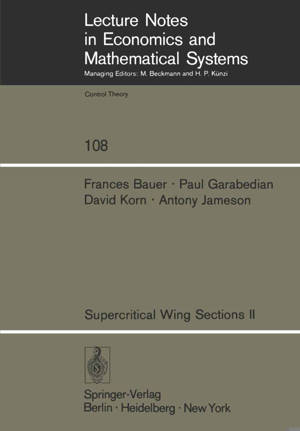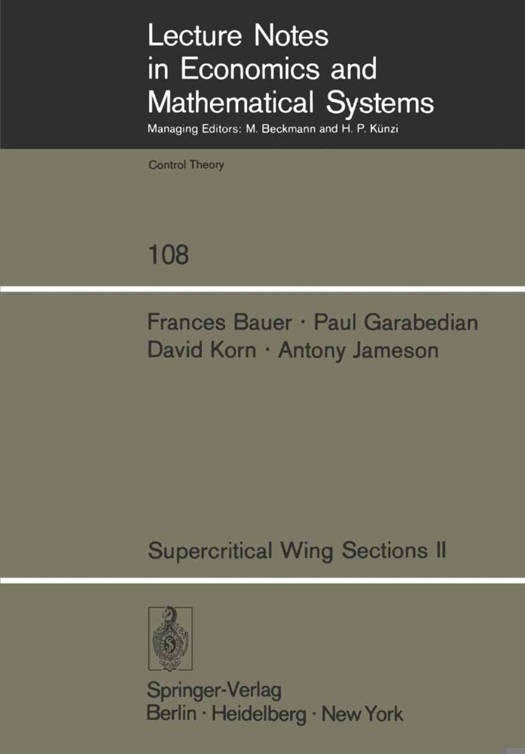
- Afhalen na 1 uur in een winkel met voorraad
- Gratis thuislevering in België vanaf € 30
- Ruim aanbod met 7 miljoen producten
- Afhalen na 1 uur in een winkel met voorraad
- Gratis thuislevering in België vanaf € 30
- Ruim aanbod met 7 miljoen producten
€ 139,95
+ 279 punten
Omschrijving
This handbook is a sequel to an earlier volume entitled "A Theory of Supercritical Wing Sections, with Computer Programs and Examples." Since the completion of the first volume, which we shall refer to as Volume I (cf. [ll), some effort has been made to improve our airfoil design program. A number of more desirable air- foils have been designed. In addition several of our wing sections have been tested in wind tunnels. We should like to make this material available here, since it is more convenient to use the design program in conjunction with data for a fairly broad range of examples. Moreover, we have developed new analysis programs that supersede our previous work. Chapter I is devoted to a brief discussion of the mathematics involved in our additions and modifications. There is only a mini- mum emphasis on theory, since the representation of important physical phenomena such as boundary layer shock wave interaction and separation is partly empirical. It is our contention, however, that the computer programs provide a better simulation than might have been expected. Chapter II presents numerical results found by our new methods, as well as comparisons with experimental data. Chapter III contains a discussion of the use of the program together with Fortran listings.
Specificaties
Betrokkenen
- Auteur(s):
- Uitgeverij:
Inhoud
- Aantal bladzijden:
- 298
- Taal:
- Engels
- Reeks:
- Reeksnummer:
- nr. 108
Eigenschappen
- Productcode (EAN):
- 9783540070290
- Verschijningsdatum:
- 13/02/1975
- Uitvoering:
- Paperback
- Formaat:
- Trade paperback (VS)
- Afmetingen:
- 170 mm x 244 mm
- Gewicht:
- 494 g

Alleen bij Standaard Boekhandel
+ 279 punten op je klantenkaart van Standaard Boekhandel
Beoordelingen
We publiceren alleen reviews die voldoen aan de voorwaarden voor reviews. Bekijk onze voorwaarden voor reviews.










